Loving Vincent ★★★
Vincent van Gogh called homes ‘human nests’, and in Auvers-sur-Oise it was a nest he was after, to regain his poise through work and rest. Loving Vincent, a Polish–English co-production, spends most of its time in Auvers, where Vincent died an arduous death in 1890, but begins in Arles, where Vincent made friends such as postman Joseph Roulin (Chris O’Dowd), whose son, Armand Roulin (Douglas Booth), is our film’s protagonist. Under a luminous Southern sun, mania had seized Vincent’s brain: even the joyous Olive Trees with Yellow Sky and Sun seems feverish with heatstroke. In Saint-Rémy, recuperation led to calmer colours promising convalescence, like the paradisal chartreuse and epinard tones of Green Wheat Field with Cypresses (1889). But in Auvers, where he made seventy-seven paintings from mid-May to July 1890, there were among the thatched cottages and cypress obelisks wheat fields under troubled skies: not whorling curlicues, but ill-boding horizontal planes of deep cobalt.
Continue reading for only $10 per month. Subscribe and gain full access to Australian Book Review. Already a subscriber? Sign in. If you need assistance, feel free to contact us.



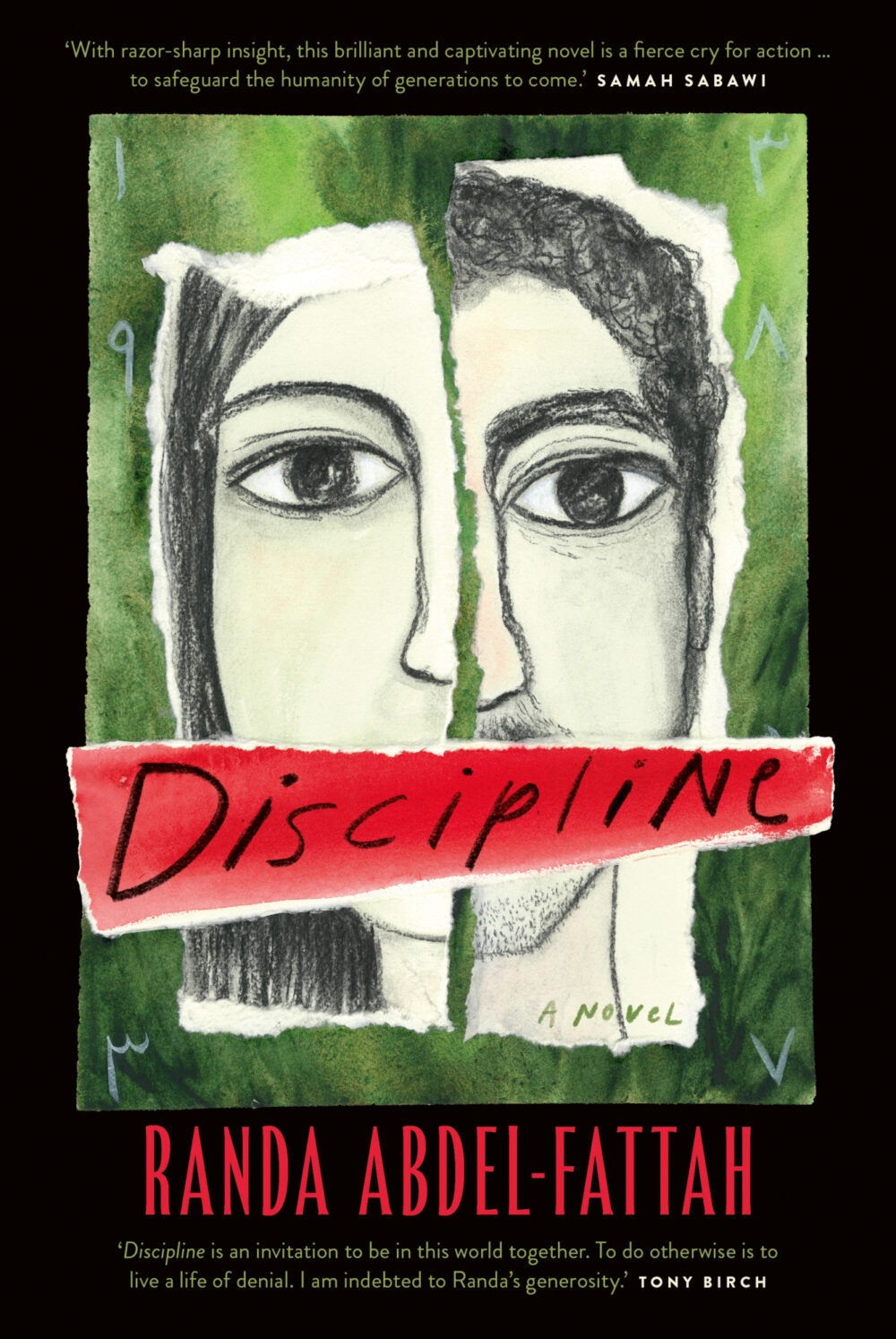

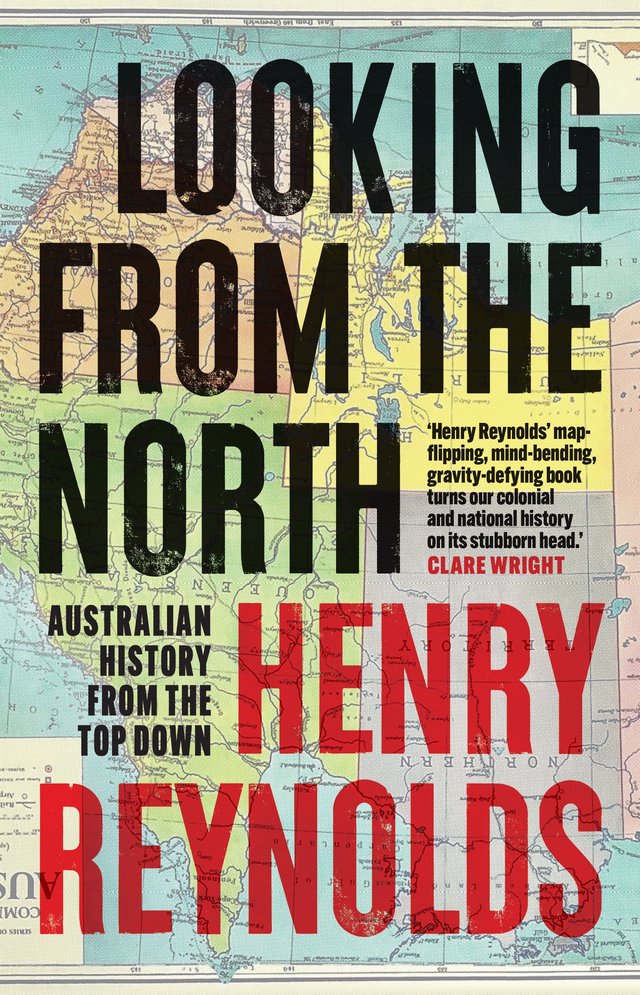
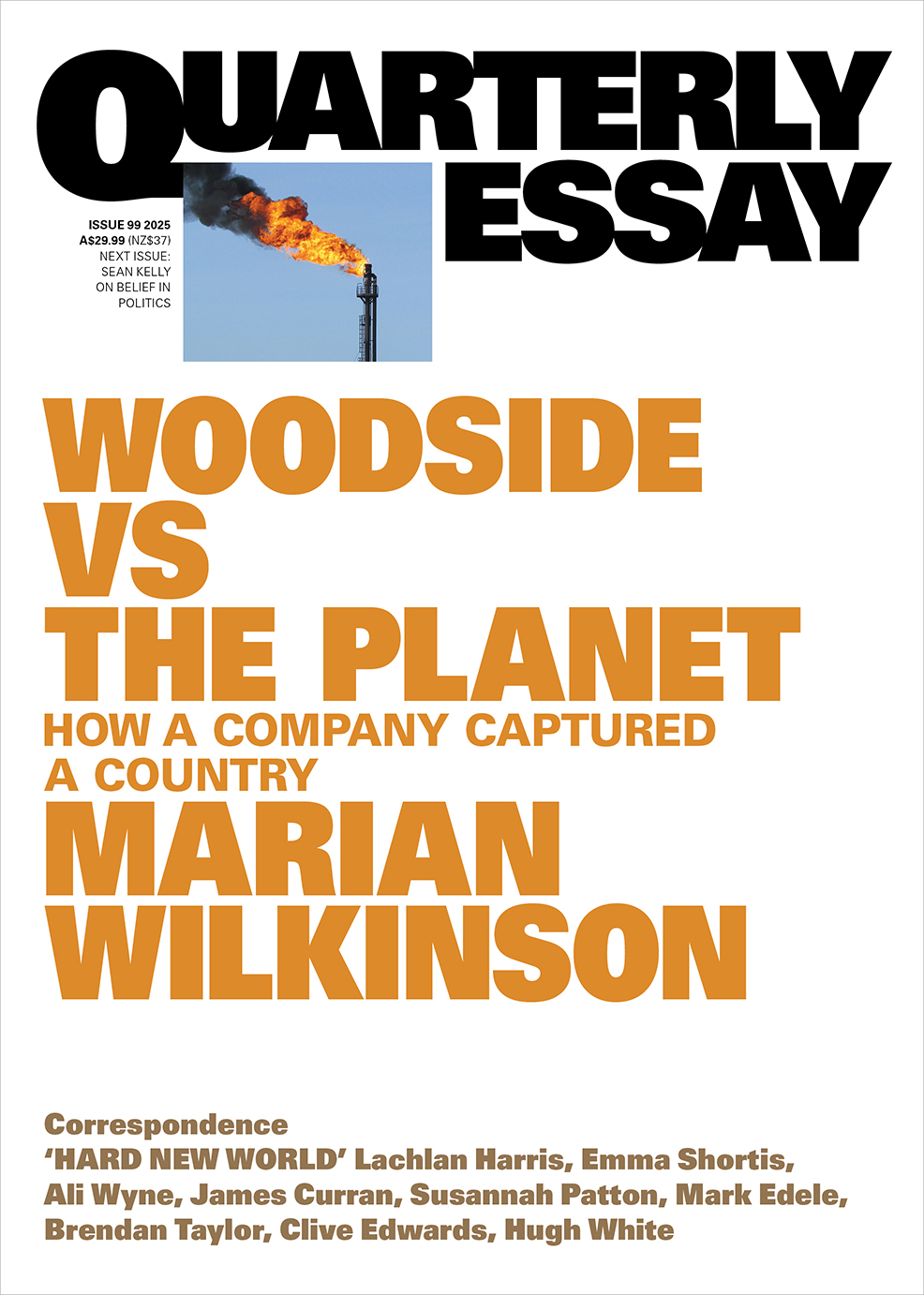

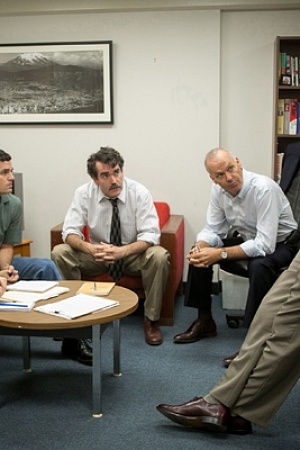
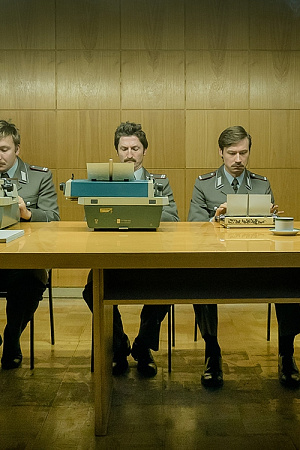

Leave a comment
If you are an ABR subscriber, you will need to sign in to post a comment.
If you have forgotten your sign in details, or if you receive an error message when trying to submit your comment, please email your comment (and the name of the article to which it relates) to ABR Comments. We will review your comment and, subject to approval, we will post it under your name.
Please note that all comments must be approved by ABR and comply with our Terms & Conditions.